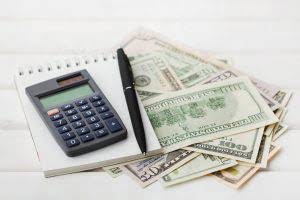
There are times when company owners must invest their own money into the company. Equity may be in assets such as buildings and equipment, or cash. Assets are broken out into current assets (those likely to be converted into cash within one year) and non-current assets (those that will provide economic benefits for one year or more).
Financial Planning and Management for Sustainable Business Growth

Company assets come from 2 major sources – borrowings from lenders or creditors, and contributions by the owners. Liabilities are economic obligations or payables of the business. Though insurance payment is an expense but however the prime reason for undertaking an insurance coverage is to receive future benefits from this expense. Sterling difference between expenses and liabilities Tax & Accounting can provide you with the professional solutions your business needs.
- When it comes to financial accounting, understanding the difference between expenses and liabilities is crucial.
- When you’re running a business, chances are you’ll have to deal with both.
- A retailer has a sales tax liability on their books when they collect sales tax from a customer until they remit those funds to the county, city, or state.
- These obligations typically arise from past transactions or events, and they represent claims against the company’s assets.
- These expenses are expenses incurred because of payments that have been made in advance.
- For example, buildings, equipment, accounts receivable, cash, and intellectual property are all assets.
- The actual purchase of the equipment is an expense, and over time, the equipment depreciates, which is also an expense on the income statement.
Where Are Liabilities on a Balance Sheet?
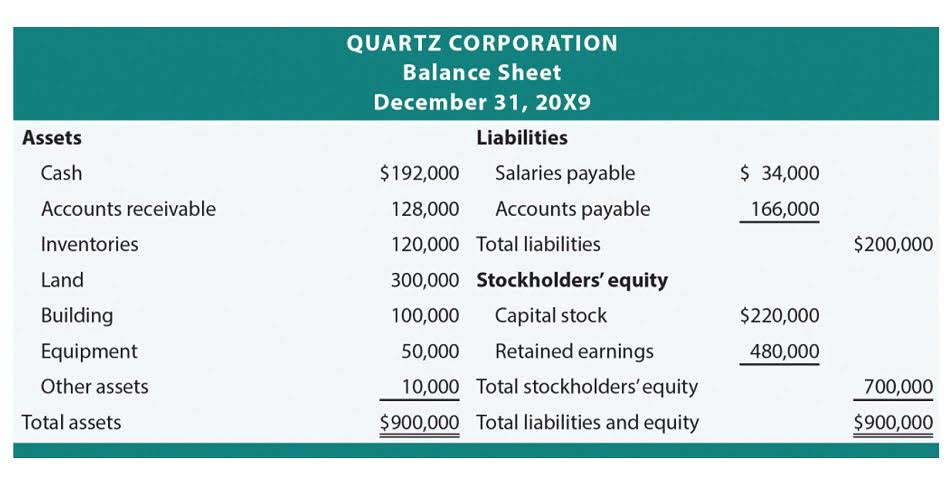
Liabilities are recorded as a debit to an asset or expense account, depending on the nature of the transaction, and a credit to the applicable liability account. When the liability gets eventually settled, the liability account will be debited and the cash account credited from which the payment took place. One of the primary goals of a company is to maximize profits which is achievable by boosting revenues while keeping expenses in check. Therefore, slashing costs can help companies to make even more money from sales. However, if a company cuts expenses too much, the effect could be detrimental. For example, paying less for advertising reduces unearned revenue costs/expenses but lowers the company’s visibility and ability to reach out to potential customers.
Assets
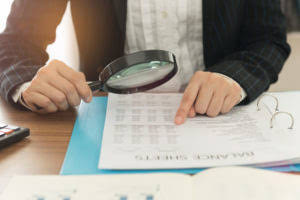
These consist mainly of long-term debt maturing in more than one year. No, if you do not run payroll as part of your business you do not need to file Form 914. However, employers who have run payroll in the past may need to file Form 941 even if they have no wages paid.
Financial Reporting
Instead, these are long-term investments meant to generate future growth. Payroll processing is complex, meaning you’re likely to http://test.cnmedia.it/2021/05/11/accounting-bookkeeping-tax-firm-in-sacramento-ca/ struggle to stay on top of the process. A very important part of managing payroll is tracking and paying payroll liabilities.
Long-term liabilities are debts that take longer than a year to repay, including deferred current liabilities. Contingent liabilities are potential liabilities that depend on the outcome of future events. For example contingent liabilities can become current or long-term if realized.
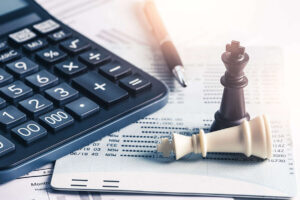
Track your liabilities with pinpoint accuracy
For instance, buying new equipment on credit creates financial liabilities in the business, but it also means you have the tools you need to run the business and make it a success. In this article we explain exactly what liabilities are, how they relate to assets and expenses, and what the different types mean. Running a business can be confusing at times, and especially if there’s lots of new accounting jargon that you’re not used to. Our ongoing series of accountancy FAQ articles helps small business owners understand the accounts terminology they encounter.
Where Can I Get Services That Handle These Responsibilities?
- Payroll processing is complex, meaning you’re likely to struggle to stay on top of the process.
- Companies recognize the expense when they owe workers money and remove payroll tax liabilities when the business pays government tax authorities.
- The outstanding money that the restaurant owes to its wine supplier is considered a liability.
- At the same time, the company needs to record salary payable as it is not yet made payment to the employee.
- Like assets, liabilities may be classified as either current or non-current.
Being able to distinguish between the two can improve your financial planning and performance for the future. Here, we provide clear definitions of expenses and liabilities in accounting, along with practical examples and guidance on how to classify and record each. Making payments to settle salary payable is an important part of running a successful business. When your employees have fulfilled their obligations and performed their duties, it is important to pay them in a timely manner. This not only shows appreciation for employee hard work but also helps maintain good relations between the employer and employee.
- Liability refers to financial obligations or debts a company owes to external parties, such as loans or accrued expenses.
- Companies will also have payroll expense and liabilities for federal and state taxes.
- Running a business can be confusing at times, and especially if there’s lots of new accounting jargon that you’re not used to.
- During her time at USF, she gained a solid foundation in various aspects of business, including accounting and finance.
- Companies will remove this liability in the subsequent month when it issues payroll checks.
- Liabilities are presented on the balance sheet, providing insight into a company’s financial position at a specific moment.
- This way, the expense is properly recognized, and the liability is accurately reported on the balance sheet.
Each instalment of loan repayment debits the liabilities account to show the liability on the loan decreasing. You’ll see them shown next to each other on the business’s balance sheet, which shows a snapshot of what the business owes, and what it owns. It’s the value of the assets once the liabilities have been deducted.
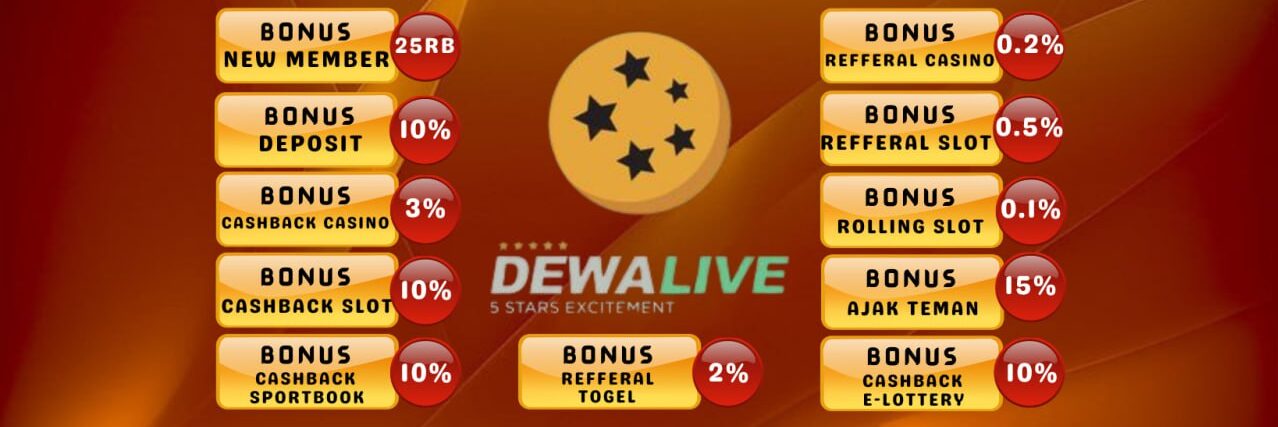
Leave a Reply